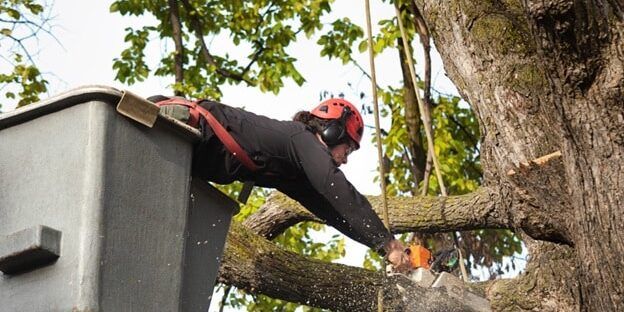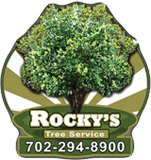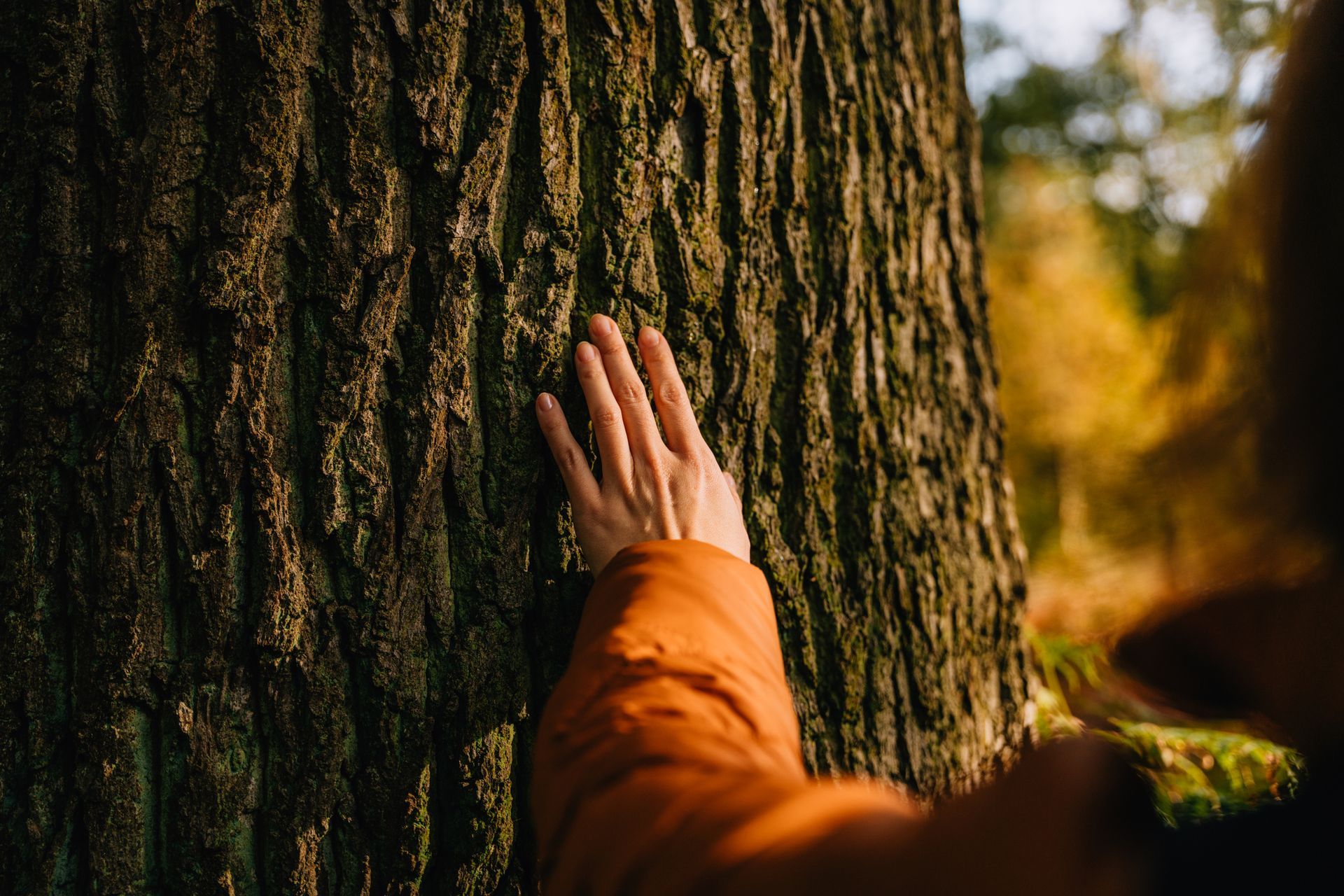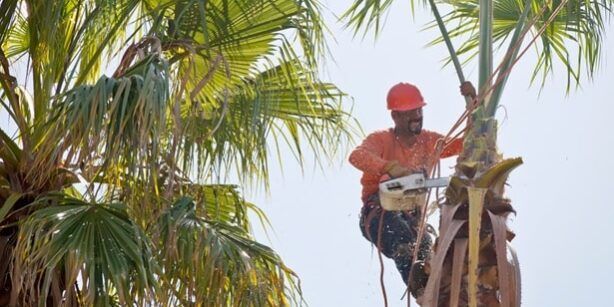Your Source for Expert Tree Care Articles

By Aaron Betts
•
June 28, 2023
Trees are essential to our natural environment, providing shade, oxygen, and aesthetic appeal. They can enhance the beauty of any landscape and contribute to a healthier ecosystem. However, there are situations when a tree becomes a liability and poses risks to both property and human safety. Recognizing the signs that indicate a tree needs to be removed is crucial in preventing accidents and maintaining a healthy landscape. In this blog post, we will discuss some common signs that suggest it may be time to consider removing a tree. 1. Structural Instability: Structural instability is one of the most apparent signs that a tree requires removal. Look for leaning trees that appear off-balance or have a noticeable tilt. Trees with a significant lean may indicate root problems, soil issues, or weakened trunk integrity, all of which can make them prone to falling. Additionally, if a tree has large cracks, splits, or cavities in its trunk, it may be structurally compromised and should be evaluated by an arborist. 2. Dead or Dying Branches: A tree exhibiting a significant number of dead or dying branches can be a sign of declining health. Dead branches can pose a safety risk as they are more likely to break and fall during storms or high winds. Additionally, if more than 50% of the tree’s crown is dead, it may indicate that it is beyond recovery, and removal should be considered. 3. Root Issues: Healthy tree roots are crucial for stability and proper nutrient absorption. If you notice signs of root issues such as extensive surface roots, fungal growth around the tree’s base, or heaving soil, it may indicate underlying problems. Trees with compromised root systems can become unstable and are more susceptible to toppling over, especially during severe weather conditions. 4. Pest or Disease Infestation: Pest infestations or diseases can significantly impact a tree’s health and vigor. Look for signs such as visible insect nests, extensive canopy damage, or unusual fungal growth on the tree’s bark. Common diseases like Dutch elm disease, oak wilt, or emerald ash borer infestation can cause irreversible damage, warranting tree removal to prevent the spread of the disease to nearby healthy trees. 5. Proximity to Buildings or Utility Lines: Trees located too close to buildings, power lines, or other structures can pose a serious safety hazard. As a tree grows, its branches and roots can interfere with structures or utility lines, potentially causing property damage, power outages, or accidents. In such cases, removal or pruning may be necessary to eliminate the risk of damage or injury. Regularly assessing the health and condition of trees on your property is essential for maintaining a safe and visually appealing landscape. If you notice any signs of structural instability, dead branches, root issues, pest or disease infestation, or the tree’s proximity to buildings or utility lines, it is crucial to consult with a certified arborist. They can provide a professional evaluation and recommend the appropriate course of action, which may involve tree removal. Prioritizing tree maintenance and timely removal when necessary ensure your property’s safety and promotes your landscape’s health and longevity. Remember, tree removal can be a complex and potentially dangerous task. Always seek professional assistance from experienced arborists or tree care services to ensure the job is done safely, efficiently, and with minimal impact on the surrounding environment. Whether you need tree trimming, tree removal, stump removal, or landscaping services, our experienced team at Rocky’s Tree Service is here to help. Let us handle your tree maintenance needs in the Las Vegas, Nevada, area. Request a free estimate by calling (702) 294-8900 today!
Business Hours
Monday - Friday: 7 AM - 8 PM
Saturday: 8 AM - 4 PM
Sunday: Closed
24HR Emergency Tree Services








Content, including images, displayed on this website is protected by copyright laws. Downloading, republication, retransmission or reproduction of content on this website is strictly prohibited. Terms of Use
| Privacy Policy



